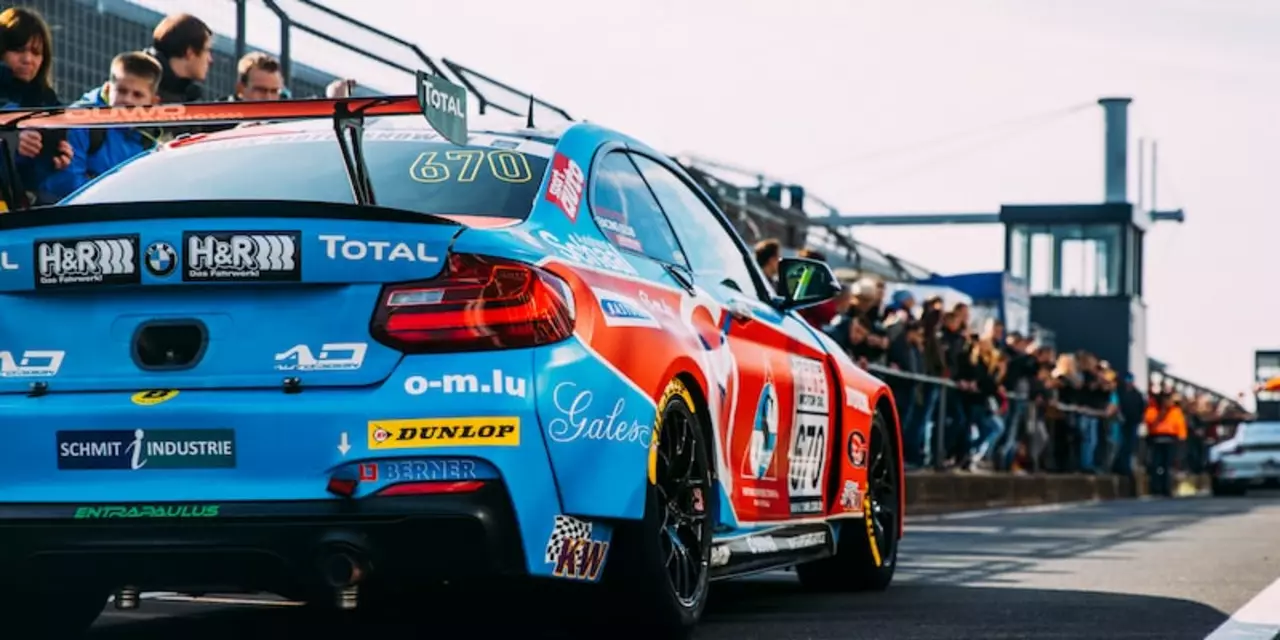Racing Rules Explained – What Every Fan and Rider Should Know
Ever watched a race and wondered why a rider got a penalty or why a car had to pit at a certain time? It all comes down to the rules. Those rulebooks are the backbone of every motorsport, from MotoGP to NASCAR. Knowing the basics helps you enjoy the action more and makes the drama on track easier to follow.
In this guide we break down the most common rules you’ll see, why they exist, and how they affect the outcome. No jargon, just straight‑forward facts you can use the next time you’re watching a race or stepping into the cockpit.
Why Knowing the Rules Matters
First off, rules keep everyone safe. A speed limit in a pit lane, a ban on certain tyre compounds, or a rule limiting crew members during a pit stop all protect drivers, crew and fans. Second, they keep the competition fair. If one team could use a bigger engine or a cheaper fuel, the playing field would be tilted.
Finally, rules add excitement. Penalties, safety car periods, or mandatory tyre changes create moments that can flip a race on its head. Understanding the why behind these moments turns a simple watch into a deeper experience.
Common Rules Across Major Series
MotoGP: Races are short by design – usually around 45 minutes – to keep riders fresh and the action intense. Riders must use a set number of tyres, and any change outside the allowed window results in a grid penalty. Overtaking under yellow flags is a no‑go, and jump‑starts trigger a ride‑through penalty.
Formula 1: Teams can have up to 20 crew members working a pit stop, which is why F1 stops are lightning‑fast. Refuelling during the stop was banned in 2010, so you’ll only see tyre swaps now. Drivers must respect DRS zones and speed limits in the pit lane; breaking either rule brings a time penalty.
IndyCar: Only six crew members are allowed to work on the car during a stop, making pit stops slower than F1. Refuelling is still part of the process, so you’ll see longer stops. IndyCar also enforces a minimum fuel level at the start of each race to avoid running out mid‑event.
NASCAR: Races are split into stages. At the end of each stage, points are awarded, and a caution flag can come out, shaking up the order. Drivers must stay within the designated track limits; cutting a corner can lead to a pass‑through or a stop‑and‑go.
Endurance Racing (Le Mans): The 24‑hour format demands strict rules on driver stint length – usually no more than four hours behind the wheel at a time. Cars must meet a minimum speed to stay on track, and any breach results in a time penalty that can cost valuable seconds.
These examples show that while each series has its own flavor, the core ideas – safety, fairness, and competition – stay the same.
Next time you hear a commentator shout “penalty!” or see a car pull into the garage, you’ll know exactly why. Knowing the rules doesn’t just make you a smarter fan; it makes the sport more thrilling. Keep this guide handy and enjoy every lap with a clearer view of the game behind the speed.
- February 16, 2023
- Comments 0
- Motorsport Regulations and Homologation
